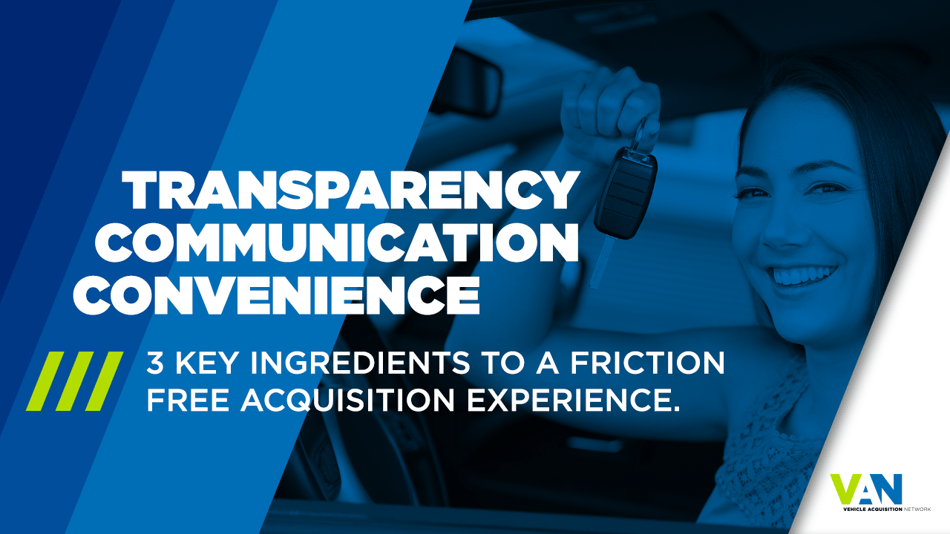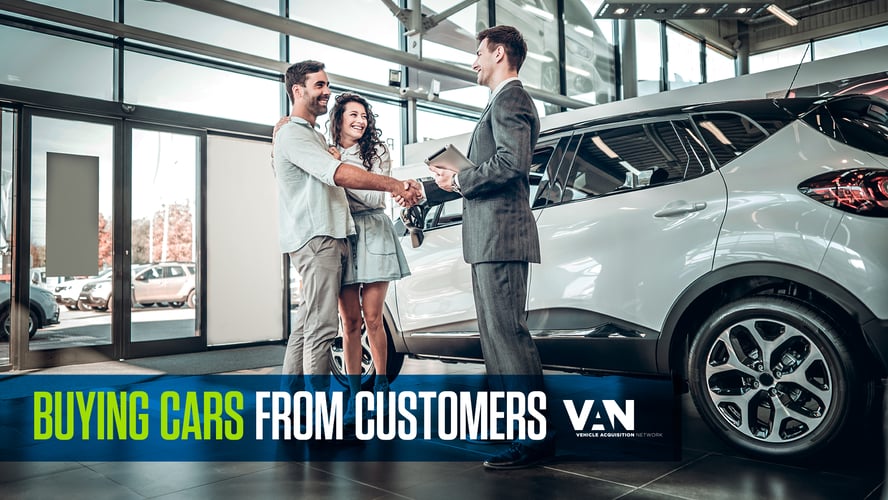
We’ve seen many disruptions to the automotive landscape over the past three years. And as it historically does, change happens in increments that are sometimes barely noticeable.
Who would have guessed that an independent electric vehicle manufacturer (Tesla) would challenge not only the combustion status quo but also the entire franchise dealer business model that has been in place for over a century? Yet it’s happening.
Could we have guessed that an online bookseller would change the brick and mortar retail model to the extent that it would change retailing globally? The Amazon model has given an individual the ability to receive almost instant gratification for just about any product one can imagine and receive it comically fast.
The Amazon Effect
Researchers* have termed this “The Amazon Effect.” The definition of The Amazon Effect is..."the ongoing evolution and disruption of the retail market, both online and in physical outlets, resulting from increased e-commerce." The name is an acknowledgement of Amazon's early and continuing domination in online sales, which has driven much of the disruption.
With customer expectations soaring due to brand consistency, transparent pricing, and convenience in a “friction free” environment like Amazon has created, I believe we in the automotive industry, specifically those with their performance being measured in the pre-owned arena are in an age of disruption. We are seeing incremental changes in the way our retail model has operated in the past in three main areas.
- 1. Transparency in pricing has become a standard customer expectation. Not just in automotive but in just about every area of consumer goods. People have the ability to find reasonably accurate pricing on just about any product available.
- 2. Communication with customers in real time providing accurate answers to their questions, delivered to them in their method of communication, i.e. text, email, telephone. Consistent, mindful interactions with people.
- 3. Convenience expressed in each interaction, the ability to obtain information from your website, delivery and pick up from their homes and an efficient paperwork process. The research about where customer expectations are not being met with regard to paperwork is overwhelming.
We are seeing these principles at work with Carvana and CarMax, who both are providing value through clear pricing, convenient scheduling at home or their location, and communication through multiple channels of the individual’s choice. Being at the forefront of buying vehicles from customers.
The same principles we see at work in online retail and the automotive industry are the incremental changes we discussed earlier in the article that happen over time. We believe these principles can be integrated into the planning and processes of a buy center/operation.
- 1. Provide Transparency providing people the ability to obtain pricing ranges from your website valuation tool or the acquisition specialist. Providing a range immediately builds trust and confidence in the dealership. The pricing ranges should be data driven and in line with the market.
- 2. Communicating with people selling vehicles online should be friendly, fact based and focused on obtaining the person's vehicle story. Creating a dedicated webpage for your buy center with valuation tools, contact and other relevant information makes it easy to communicate with you.
- 3. Making the entire event Convenient and easy. In many cases, a person can sell their vehicle for more money on their own if they want to manage the time, effort and money it takes to sell the vehicle. Offering mobile appraisals or Uber rides home when they sell is a great example of making the event convenient.
When we implement processes that are better aligned with the expectation that people have become accustomed to in this new retail environment, our operations stay at pace with the change occurring in our industry. Making the process seamless, friction free and convenient and people will be willing to compromise a little more on pricing. It’s the overlap where our pricing and the person's perception of value meet that we make a successful acquisition.
*More Amazon Effects: Online Competition and Pricing Behaviors by Alberto Cavallo; HBS





